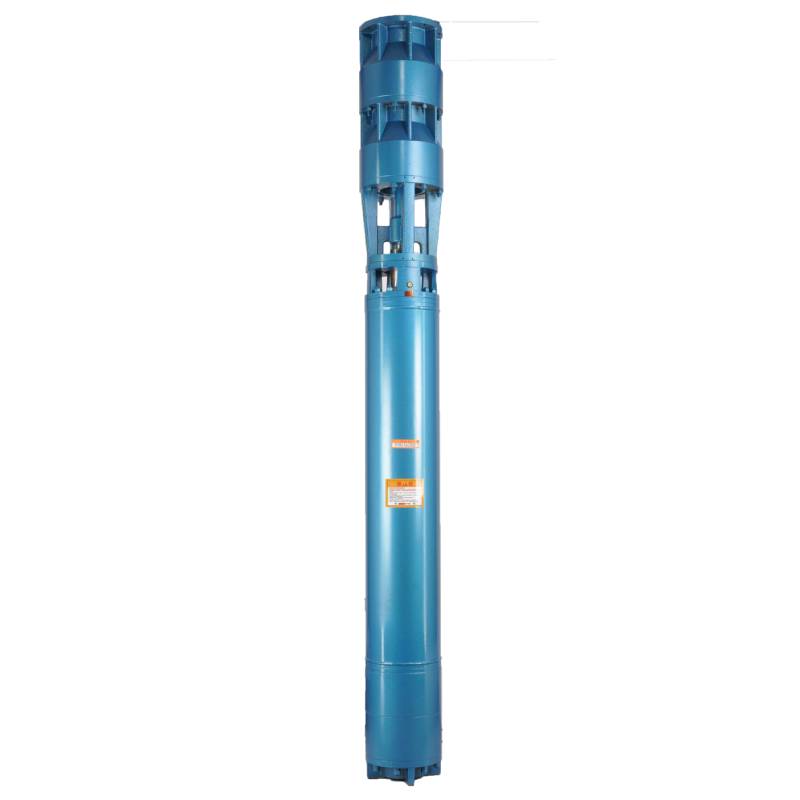Sep . 24, 2024 11:21 Back to list
Comparing Water-Filled and Oil-Filled Submersible Pumps for Optimal Performance
When it comes to submersible pumps, one of the critical decisions that engineers and designers face is whether to utilize water-filled or oil-filled systems. Each of these options has its advantages and disadvantages, which can significantly influence the performance, longevity, and application of the pump.
When it comes to submersible pumps, one of the critical decisions that engineers and designers face is whether to utilize water-filled or oil-filled systems
. Each of these options has its advantages and disadvantages, which can significantly influence the performance, longevity, and application of the pump.However, water-filled pumps do come with some drawbacks. They are susceptible to corrosion and wear, particularly if the water contains impurities or is chemically aggressive. Over time, this can lead to significant maintenance costs or the need for premature replacements. Additionally, these pumps may not be suitable for all applications, particularly in environments with extreme temperatures or where the water quality is not guaranteed.
submersible pump water filled vs oil filled

On the other hand, oil-filled submersible pumps offer distinct advantages. The oil serves as both a lubricant and a coolant, allowing the pump to handle higher operating temperatures without risk of overheating. In contaminated water conditions, oil-filled pumps often outlast their water-filled counterparts since they are insulated from the external environment. The oil can create a barrier, protecting critical components from corrosion and wear. They also tend to have a longer service life, making them a suitable choice for industrial applications or areas where maintenance access is limited.
However, oil-filled pumps are not without their challenges. They can be heavier and bulkier than their water-filled equivalents, making installation and handling more complicated. Additionally, they often require more intricate designs and are typically more expensive initially. Furthermore, if leaks occur, oil can contaminate the surrounding environment, leading to potential environmental concerns that must be addressed.
In summary, the choice between water-filled and oil-filled submersible pumps ultimately depends on the specific application and environmental conditions. Water-filled pumps are ideal for straightforward and accessible scenarios, while oil-filled pumps excel in more demanding conditions where durability and longevity are required. Assessing the requirements of the project in question will help determine the most suitable option, ensuring maximum efficiency and performance. As technology advances, both types of pumps continue to evolve, offering even more tailored solutions for a wide range of applications.
-
Submersible Water Pump: The Efficient 'Power Pioneer' of the Underwater World
NewsJul.01,2025
-
Submersible Pond Pump: The Hidden Guardian of Water Landscape Ecology
NewsJul.01,2025
-
Stainless Well Pump: A Reliable and Durable Pumping Main Force
NewsJul.01,2025
-
Stainless Steel Submersible Pump: An Efficient and Versatile Tool for Underwater Operations
NewsJul.01,2025
-
Deep Well Submersible Pump: An Efficient 'Sucker' of Groundwater Sources
NewsJul.01,2025
-
Deep Water Well Pump: An Efficient 'Sucker' of Groundwater Sources
NewsJul.01,2025
-
 Submersible Water Pump: The Efficient 'Power Pioneer' of the Underwater WorldIn the field of hydraulic equipment, the Submersible Water Pump has become the core equipment for underwater operations and water resource transportation due to its unique design and excellent performance.Detail
Submersible Water Pump: The Efficient 'Power Pioneer' of the Underwater WorldIn the field of hydraulic equipment, the Submersible Water Pump has become the core equipment for underwater operations and water resource transportation due to its unique design and excellent performance.Detail -
 Submersible Pond Pump: The Hidden Guardian of Water Landscape EcologyIn courtyard landscapes, ecological ponds, and even small-scale water conservancy projects, there is a silent yet indispensable equipment - the Submersible Pond Pump.Detail
Submersible Pond Pump: The Hidden Guardian of Water Landscape EcologyIn courtyard landscapes, ecological ponds, and even small-scale water conservancy projects, there is a silent yet indispensable equipment - the Submersible Pond Pump.Detail -
 Stainless Well Pump: A Reliable and Durable Pumping Main ForceIn the field of water resource transportation, Stainless Well Pump has become the core equipment for various pumping scenarios with its excellent performance and reliable quality.Detail
Stainless Well Pump: A Reliable and Durable Pumping Main ForceIn the field of water resource transportation, Stainless Well Pump has become the core equipment for various pumping scenarios with its excellent performance and reliable quality.Detail
